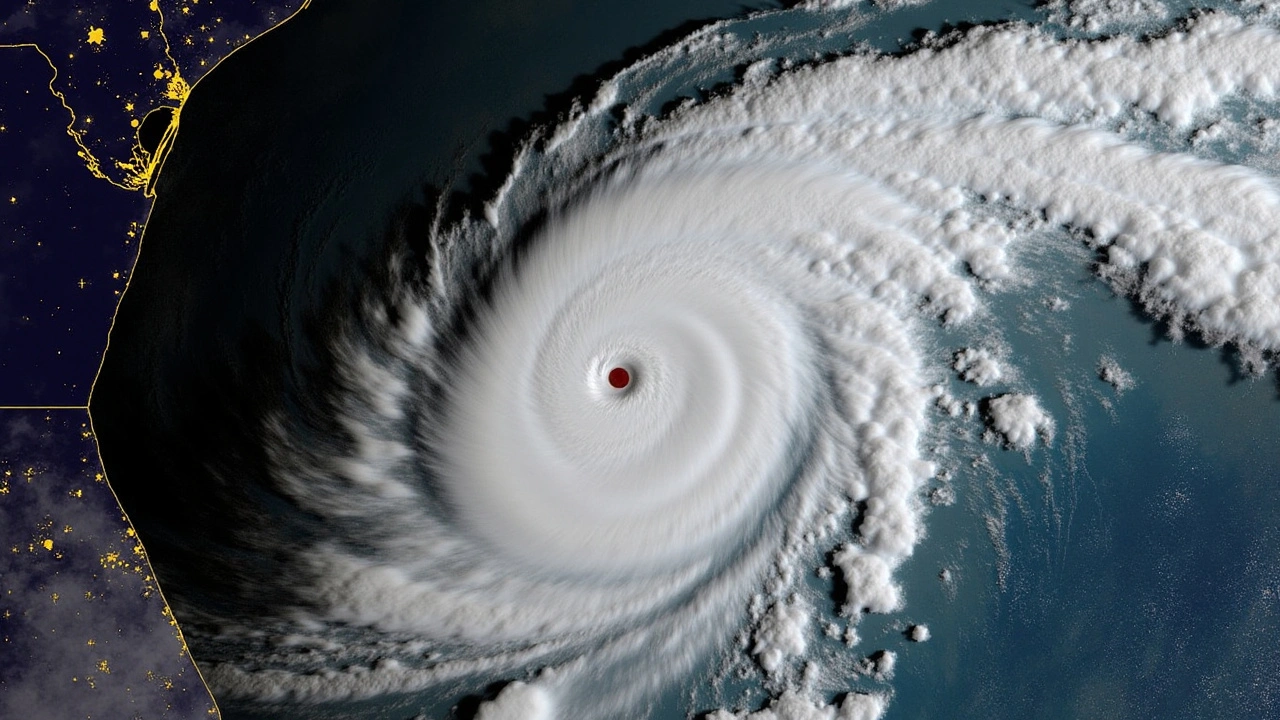Evacuation Guide – Simple Steps for Safe Moves
When a fire, flood or any other threat pops up, the first thing on most people’s minds is how to get out fast and stay safe. An evacuation doesn’t have to be chaotic if you have a clear plan and a few handy tricks. Below you’ll find the basics you can set up today, plus some quick‑action tips for the moment you hear the alarm.
Why Evacuations Happen
Evacuations are triggered by anything that makes staying put dangerous. Common reasons include wildfires racing through dry areas, rising water levels in rivers, severe storms that could topple trees or damage roofs, and even chemical spills that release hazardous fumes. Knowing the type of risk in your neighbourhood helps you tailor your plan. For example, if you live near a floodplain, you’ll focus on higher ground routes, while a wildfire‑prone zone needs a fast exit that avoids low‑lying vegetation.
Local authorities usually give a heads‑up via sirens, text alerts or radio announcements. Pay attention to the language they use – a “mandatory evacuation” means you have to leave, while a “voluntary” notice lets you decide based on your own risk assessment. In either case, treat the warning as serious. Delaying can turn a manageable situation into a scramble.
How to Prepare for an Evacuation
1. Build a simple emergency kit. Grab a sturdy backpack or duffel bag and pack essentials: water (one liter per person per day for at least three days), non‑perishable food, a flashlight, extra batteries, a basic first‑aid kit, copies of important documents (ID, insurance, medical records), and a few cash bills. Add a portable phone charger and any prescription meds. Keep the bag in a spot everyone knows, like near the front door.
2. Map your exit routes. Walk around your house and mark at least two ways out – one front door, another side or back door if possible. Then, plot the shortest path to a safe location outside your home, such as a community shelter, a friend’s house on higher ground, or a designated evacuation centre. Write these routes on a piece of paper and stick it on the fridge.
3. Communicate a plan. Tell every family member, including kids, where to meet if you get separated. Choose a contact outside the danger zone (a relative in another city, for instance) who can act as a central point for updates. Share the contact’s phone number with everyone and agree on a meeting spot that’s easy to find.
4. Protect your home. If you have time before a predicted event, turn off gas, electricity and water main lines to prevent leaks or fires. Close windows and doors, and bring any valuable items (jewelry, electronics) inside a fire‑proof safe.
5. Stay informed. Sign up for local alert services, follow the weather agency on social media, and keep a battery‑powered radio handy. Information changes fast during emergencies, so a quick check can save you from heading in the wrong direction.
When the alarm sounds, grab your emergency bag, lock the doors (if it’s safe to do so), and head to your pre‑planned route. Keep your eyes on the road, avoid shortcuts that look tempting, and stay calm – panic slows you down. If traffic is heavy, stay in your vehicle and follow the instructions of police or first‑responders.
After you reach safety, take a moment to check on family members and pets. If you’re staying at a shelter, follow their rules for food, sleep and hygiene. Most shelters will have volunteers who can help you file insurance claims or locate lost belongings.
Remember, the goal of any evacuation is simple: get out quickly, stay together, and keep your essential items close. With a basic kit, clear routes and a shared plan, you’ll turn a stressful situation into a manageable one. Start today, involve everyone at home, and you’ll be ready the next time an evacuation warning pops up.
Hurricane Milton Threatens to Worsen Florida's Coastal Vulnerability
Hurricane Milton looms ominously toward Florida's coastline with the National Hurricane Center warning of its menacing potential impact. This Category 4 storm was 585 miles southwest of Tampa early Tuesday, expected to impact western Florida by late Wednesday or Thursday. Early storm conditions might arise Wednesday, with dangerous storm surges and winds reaching 155 mph, prompting evacuations and travel disruptions across the state.
